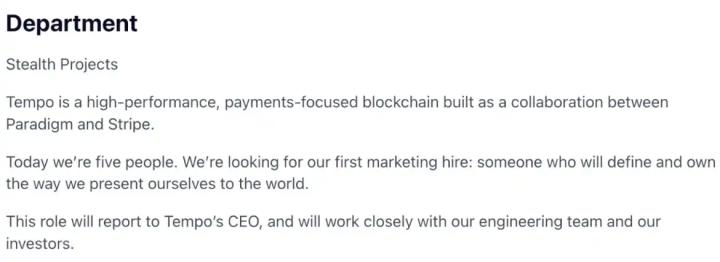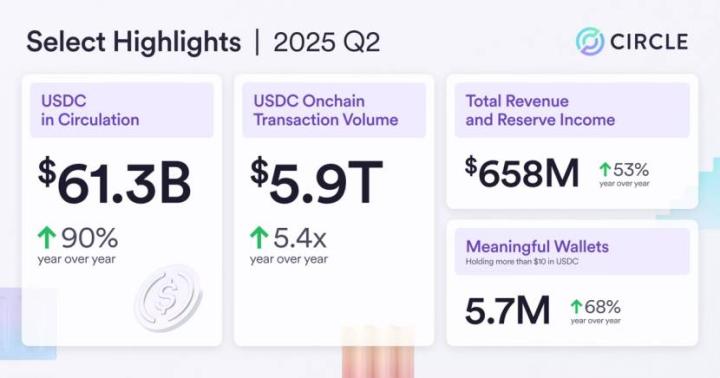In the fintech field, building a blockchain has become the latest trend. The US cryptocurrency exchange Coinbase already has a blockchain. Online broker Robinhood announced plans to launch its own blockchain in June, and its competitor eToro is also considering doing the same. Now, fintech giant Stripe and stablecoin issuer Circle have also joined this wave.
According to a deleted job posting and sources, Stripe is developing a blockchain called Tempo, focusing on the payment sector. Circle stated on Tuesday morning that it is building a blockchain called Arc, specifically designed for stablecoins—cryptocurrencies pegged to underlying assets like the US dollar.
Now, the sudden emergence of enterprises building their own blockchains raises a question: Why are almost all large financial companies—especially Stripe and Circle—becoming blockchain developers?
"Controlling the Entire Tech Stack"
According to two stablecoin company executives and an investor, Stripe's reason is simple: vertical integration. By acquiring the stablecoin startup Bridge for $1.1 billion, Stripe bought its own stablecoin and payment network. After acquiring the crypto wallet company Privy in June, it can now provide users with accounts to store stablecoins. For Stripe, which has long been known for traditional payment services like online checkout, adding a blockchain means creating a complete stablecoin ecosystem.
"These big companies have an incentive to control the entire tech stack," said Rob Hadick, a partner at crypto VC firm Dragonfly, which has long invested in stablecoin startups, in an interview with Fortune.
Stripe is betting on a major trend: stablecoins could be the future of payments. If a significant portion of its $1.4 trillion transaction volume is settled through stablecoins, Stripe might be missing out on millions of dollars in revenue.
Blockchains like Ethereum or Solana are decentralized networks in the crypto tech stack, similar to Google Cloud or AWS. A decentralized network of servers processes numerous transactions for crypto applications and charges fees for providing computing power.
Take Coinbase's own blockchain Base as an example: according to defillama data, it has generated over $130 million in transaction fees since launching in early 2023.
"You want to control the economic benefits," Luca Prosperi, co-founder and CEO of stablecoin infrastructure company M0, told Fortune.
However, it remains to be seen whether the increasing number of stablecoins and their accompanying blockchains will lead to an overwhelming number of tokens and chains, making them difficult for ordinary consumers to use.
Stripe did not respond to a request for comment.
Defense vs. Offense
For Circle, the motivation is largely similar.
This stablecoin issuer completed a hot IPO in June, owns its own token USDC, and has built an expanding payment network, even offering services that allow enterprise clients to create their own crypto wallets. However, the crypto company still lacks its own blockchain to process and collect transaction fees for the large volume of payments flowing through its services.
"They also want to control this flow of funds," Bam Azizi, co-founder and CEO of crypto payment startup Mesh, told Fortune when discussing Circle.
But Stripe and Circle are not in the same situation. Stripe is one of the world's largest private tech companies, a dominant payment processor with diversified revenue streams. As of January this year, its Stripe Billing business had an annualized revenue of $500 million.
In contrast, over 96% of Circle's revenue in the second quarter of 2025 came from interest on US Treasuries corresponding to its stablecoins. If interest rates drop, its entire business model could be threatened.
"We are building a complete stack, from the infrastructure layer to the stablecoin layer, and then to the payment network layer," Circle CEO Jeremy Allaire said during a live interview about the company's second-quarter financial report with The Information. (A Circle spokesperson declined further comment.)
However, some believe that this newly listed company is actually playing catch-up.
"Circle is on the defensive and reactive," said Hadick from Dragonfly, "while Stripe is thinking about the future of payments and its own business, taking an offensive and proactive strategy."







